 The EU programme which was designed to reduce youth unemployment did not fulfil the expectations since it was unable to help enough young people to get jobs or receive necessary training. The new Report of the European Court of Auditors (ECA) confirmed that the unemployment rate in the up to 25 years age group had remained high, despite the Youth Guarantee programme that has been implemented for 4 years.
The EU programme which was designed to reduce youth unemployment did not fulfil the expectations since it was unable to help enough young people to get jobs or receive necessary training. The new Report of the European Court of Auditors (ECA) confirmed that the unemployment rate in the up to 25 years age group had remained high, despite the Youth Guarantee programme that has been implemented for 4 years.
In June 2016, the average unemployment rate for young Europeans was 18.8%, about 10% more than in the 25 and older age group. The highest unemployment rate was in Greece, around 48%, and the lowest was in Germany, 6%.
With regard to Serbia, according to the Labour Force Survey for the fourth quarter of 2016, the share of youth not in employment or educational system in the entire population aged 15 to 24 (NEET rate) has decreased to 16.5% if compared with the same quarter in 2015. Within the population aged 15 to 29, this share is 21.4%, which means that more than a one-fifth of this population represent an unexploited resource, in terms of work and education.
The European Commission proposed the Guarantee programme as a way to reduce youth unemployment, especially in areas which were affected the most by the crisis. Youth Guarantees which were introduced in 2013, were meant to ensure that everyone younger than 25 would receive a quality job, internship or training within four months of completing their studies or becoming unemployed.
The auditors found that so far none of the EU member states have succeeded in implementing this, and they urged the Commission to lower their expectations with regard to this programme to a realistic degree and ask member states to do more so a larger number of unemployed young people could find work.
Source: EurActiv.rs
 Government of the Republic of Serbia
Government of the Republic of Serbia




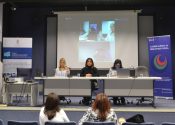
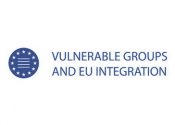

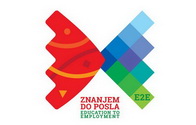


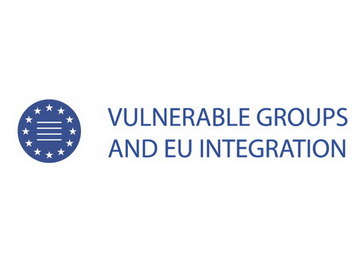
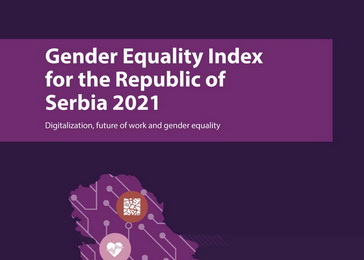
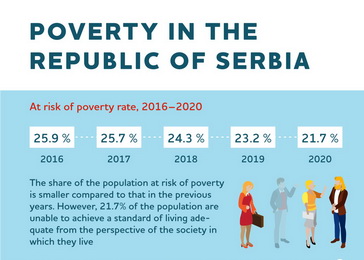


 pdf [271 KB]
pdf [271 KB]
Leave a Comment